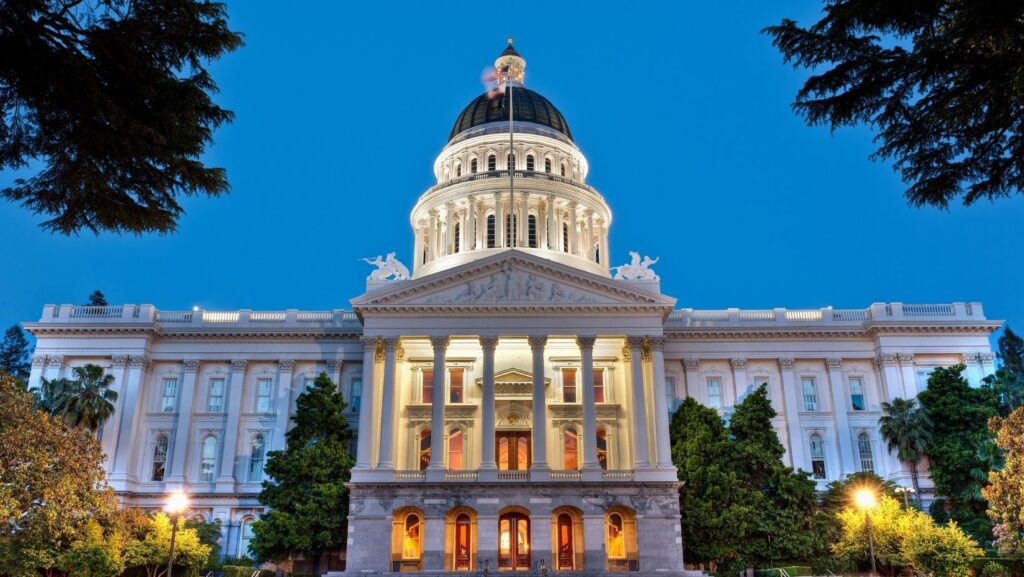Read Time:
2 Min
One of the biggest reasons for our success is what we call our CRXIS business intelligence engine. CRXIS serves as one of the largest out-of-network (OON) databases in the industry.
No other revenue cycle company has as much information on out-of-network as we do.

The No Surprises Act will affect ALL emergency situations PLUS out-of-network services performed at an in-network facility.
We’ll put it this way: Any time the patient cannot choose their provider, the law will be in effect.
Here’s how we summarized it:
Furthermore, here are some other interesting provisions of the No Surprises Act:
Patient Responsibility must be treated on an in-network basis
Cost-sharing cannot be higher than if such services were provided by an in-network doctor
Non-emergency services must provide patients notice explaining that patient consents to the out-of-network care
Nearly all private health plans affected.

State level legislation is very inconsistent and varies from state to state.
For instance, there are some states like Texas that have a defined process to engage in a dispute prior to arbitration; there are states like Georgia where you have an appeal process and then can go to arbitration; and then there are states like Arizona who put the responsibility on the patient to begin any dispute.
Now, the difference at the Federal level is that there is language specifically stating that the provider has 30 days to dispute a payment and that the payor must ENGAGE in a negotiation process. Only if an agreement cannot be reached, then the option of arbitration becomes available.
That being said, the legislation is setup specifically to avoid arbitration and the cost associated with it, and have providers and payors settle disputes. There is evidence that if either party does not actively engage in good faith negotiations, that party will automatically lose the case if brought to arbitration. What this all boils down to is providers have 30 days from initial payment to initiate a dispute and come to an agreement with the payor.
This avenue for resolution should be a positive outcome to providers everywhere if they are organized and staffed to handle the volume.
Payors and their third party vendors are on the other side plotting and planning on how they can take advantage of the No Surprises Act. Not to mention, the law was already skewed in their favor. So, to no one’s surprise (no pun intended), they have already begun to restrict providers’ reimbursement opportunities. It hasn’t even been a week since the law went into effect, and it’s only about to get worse for out-of-network providers.

Unfortunately, the insurance companies have already started their plan by deploying two tactics:
Terminating high cost contracts of providers in the space. Since pricing and arbitration will be based on the QPA (Qualifying Payment Amount) / median in-network amount, the payors want to lower this as much as possible. Some important points to note about this:
Typically, the appeals process in an out-of-network setting is complicated and time consuming, with no guarantee that anyone will even read your appeal. In the new world created by the NSA, the payors now will have to engage actively in the dispute process, in order to comply with Federal Law.
With the sheer volume of claims and potential disputes, there is the possibility of massive costs in time and staffing on the payors part, and that is even prior to arbitration. Then if arbitration is started the payor must release its QPA calculation to the arbitrator and to the provider. The payor would prefer to keep this secret at all cost, which is why they sued to push back the implementation of the price transparency laws.
Larger payors such as BCBS or United Healthcare may have the staffing necessary to take on all the disputes, but smaller regional payors wont have the resources to handle it. This is where utilization of 3rd party pricing companies come in. Companies like MultiPlan are already contracted with payors nationwide to handle out of network claims, so they are perfectly positioned to take this work off of the payors hands.
Driving more volume to 3rd party pricing companies to price and negotiate lower out-of-network reimbursements.
Today, third party pricing companies or cost containment companies are setup to drive down out of network costs for insurance companies.

The negotiate and/or price claims lower and usual & customary rates.
They eliminate resource expenses by taking this process, and disputes around it, away from the payors.
They sign silent PPO contracts with providers to pay them lower amounts than the insurance company would pay, and sign up payors to be part of the savings.
With the implementation of the NSA, nothing fundamentally has to change from the vendors side. Their actual pricing methodology may change, but they have the structure and process already in place. In fact their role should only increase, as the number of claims affected will be increasing.
These billion dollar companies have the resources (that most providers do not) to spend their time negotiating claims. Many times the payors will outsource this work to third party vendors, such as Multiplan, who will work on behalf of the payors to drive your reimbursements down. REMEMBER:
If a third party vendor reaches out to you to sign a contract with them do not sign it. Their goal is to help the payors keep your hard-earned money. (And if you don’t believe us, just look at the front page of their websites). But really, that’s a topic for another time. To keep up with our Surprise Billing discussion, we’ll give you an example of what the payors’ plan really entails:
A recent press release by Business Wire announced MultiPlan’s agenda for their “End-to-End Surprise Billing Service” for payors which includes:
Identifying Surprise Bills for payors
Calculating and Appending QPA to make it easy for payors to adjudicate claims
Pricing and Editing Claims to save their clients (the payors) money
Negotiate Settlements for providers that do not accept the initial payment amount as final
Arbitration management to achieve the best outcome for payors
If you think it sounds like their goal is to do whatever it takes to pay providers the lowest claim reimbursement rates possible, you’d be right.
Out-of-network providers will already be restrained in their ability to balance bill. Don’t compound it by not having a plan of attack.
Our Upfront Recovery service was designed to go toe-to-toe with the payors, and third party pricing vendors. With this service, we have helped providers recover millions of dollars in claims reimbursements since 2006, and we aren’t slowing down anytime soon. Wakefield is uniquely positioned to take on all volumes of settlement requests from all commercial payors.
We also offer our Post-Payment Recovery services to identify underpaid claims and settle them for additional dollars. We take on this task for Aetna, Cigna, and United Healthcare commercial plans. Over time with the NSA in place we plan to broaden the commercial plans we can address under this service line.